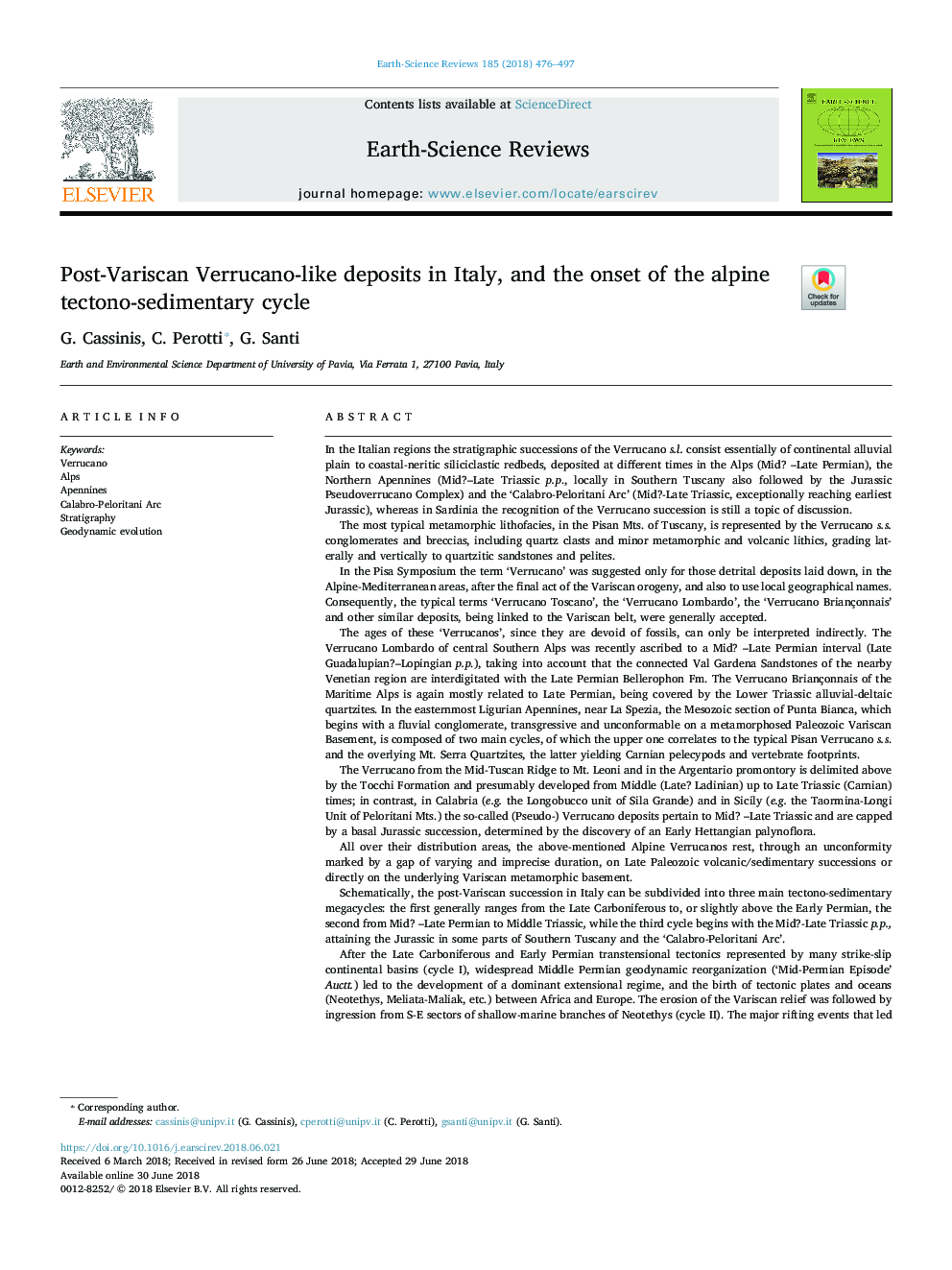| Article ID | Journal | Published Year | Pages | File Type |
|---|---|---|---|---|
| 8912891 | Earth-Science Reviews | 2018 | 22 Pages |
Abstract
After the Late Carboniferous and Early Permian transtensional tectonics represented by many strike-slip continental basins (cycle I), widespread Middle Permian geodynamic reorganization ('Mid-Permian Episode' Auctt.) led to the development of a dominant extensional regime, and the birth of tectonic plates and oceans (Neotethys, Meliata-Maliak, etc.) between Africa and Europe. The erosion of the Variscan relief was followed by ingression from S-E sectors of shallow-marine branches of Neotethys (cycle II). The major rifting events that led to the Jurassic birth of the Ligurian-Piedmont Ocean started during the Middle-Late Triassic, and were related to the eastern opening of the Atlantic Ocean. These rifting events gave rise to the development of the Adria and Europe-Corsica-Sardinia conjugate passive margins, characterized by an asymmetric structural and sedimentary evolution. In this geological context, the Verrucano-like deposits of Italy can be interpreted as a discontinuous and asynchronous 'tectofacies' that marks the final dismantling of the SE border of the Variscan chain.
Related Topics
Physical Sciences and Engineering
Earth and Planetary Sciences
Geology
Authors
G. Cassinis, C. Perotti, G. Santi,
